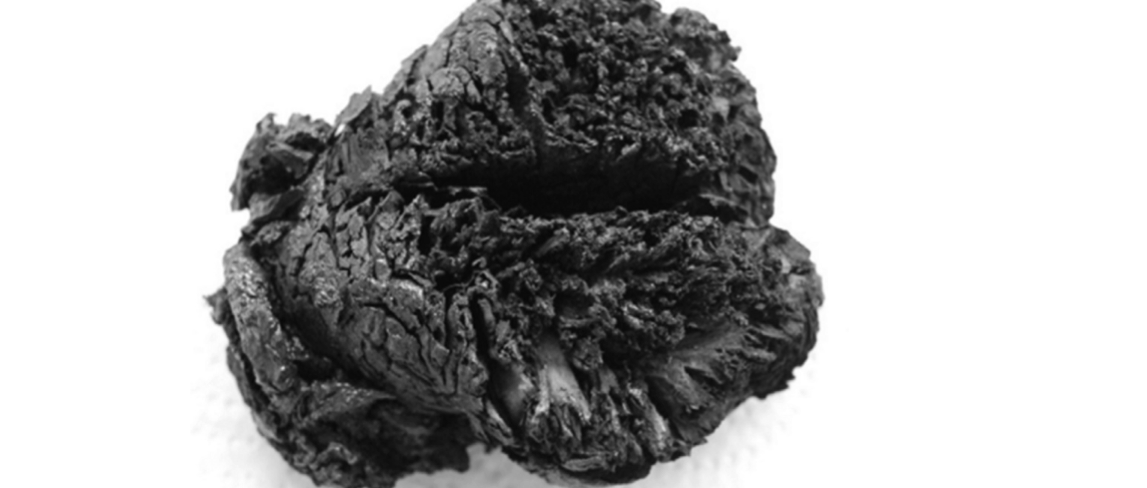New Scientist
Image: Halic University Istanbul
Shaken, scorched and boiled in its own juices, this 4000-year-old human brain has been through a lot.
It may look like nothing more than a bit of burnt log, but it is one of the oldest brains ever found. Its discovery, and the story now being pieced together of its owner’s last hours, offers the tantalising prospect that archaeological remains could harbour more ancient brain specimens than thought. If that’s the case, it potentially opens the way to studying the health of the brain in prehistoric times.
Brain tissue is rich in enzymes that cause cells to break down rapidly after death, but this process can be halted if conditions are right. For instance, brain tissue has been found in the perfectly preserved body of an Inca child sacrificed 500 years ago. In this case, death occurred at the top of an Andean mountain where the body swiftly froze, preserving the brain.
However, Seyitömer Höyük – the Bronze Age settlement in western Turkey where this brain was found – is not in the mountains. So how did brain tissue survive in four skeletons dug up there between 2006 and 2011? Read more on newscientist.com…








